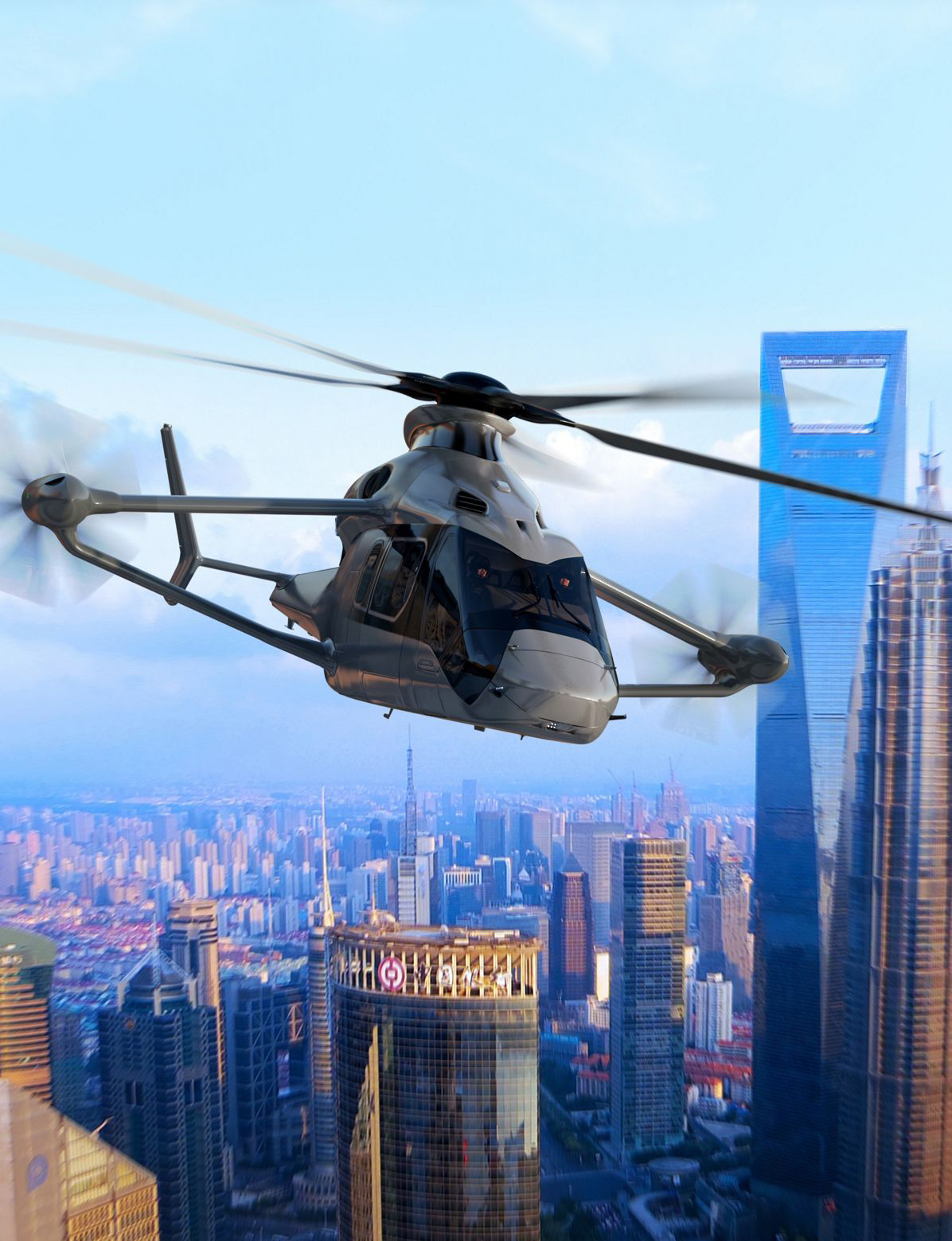Airbus Helicopters
By Paolo Valpolini
Airbus Helicopters have also had a difficult year with the slowdown in the oil and gas industry as well as reduced defence budgets in its prime markets. However, it was able to announce a sale of its H215 medium-lift helicopter at Le Bourget.
The Tokyo Metropolitan Police Department (MPD) signed a contract for one H215 that will make it the first customer in Japan to operate the type when it is delivered in 2020. Currently operating a fleet of 14 helicopters, it is the largest police air corps in Japan. The H215 will be dedicated to missions including personnel and VIP transportation, material transport, as well as wide area support missions.
The H215 (formerly AS332) Super Puma is a medium-weight helicopter with a large cabin and exceptional lift capability. With excellent power reserves, operational safety level and comfort, the H215 is well suited for civil operations, as well as para-public uses.
A full de-icing system covering rotor blades, engine air inlets, stabiliser and windshields, enables flight in known icing conditions, and the H215 Puma is equipped for true all-weather IFR operations. It shares the same integrated advanced cockpit and automatic flight control systems found on the military H225.
It also offers flight envelope protection along with full compatibility with such new-generation mission equipment as forward looking infrared (FLIR) sensors, helicopter terrain awareness and warning systems (HTAWS), digital map units, and traffic alert and collision avoidance systems (TCAS).
For utility work, the Super Puma’s external takeoff weight of 9,300 kg can accommodate heavy loads with a maximum cargo sling load of 4,500 kg. Large sliding doors allow the transportation of bulky freight, while the helicopter’s rear access facilitates the handling of long loads.
Airbus Helicopters unveiled its ‘CleanSky 2’
Rapid And Cost-Effective Rotorcraft (Racer) concept. (Airbus Helicopters)
At Le Bourget, Airbus Helicopters revealed the aerodynamic configuration of the high-speed demonstrator it is developing as part of the CleanSky 2 European research programme. Codenamed Racer, for Rapid And Cost-Effective Rotorcraft, the demonstrator will incorporate innovative features and be optimised for a cruise speed of more than 400 km/h. The focus will be of achieving the best trade-off between speed, cost-efficiency, sustainability and mission performance. Final assembly of the demonstrator is expected to start in 2019, with a first flight the next year.
According to Guillaume Faury, Airbus Helicopters CEO, “This new project, pulling together the skills and know-how of dozens of European partners through the Clean Sky 2 initiative, aims to bring increased speed and range at the right cost, thanks to a simple, safe and proven aerodynamic formula. It will pave the way for new time-sensitive services for 2030 and beyond, setting new benchmarks for high-speed helicopter transportation.”
The Racer demonstrator will be an innovative “box-wing” design, optimised for aerodynamic efficiency to provide lift in cruise mode while isolating passengers during ground operations from the “pusher” lateral rotors designed to generate thrust in forward flight.
Optimised for performance and low acoustic signature, these lateral rotors as well as the main rotor will be driven by two Safran RTM322 turboshaft engines. An “eco mode” will be tested by the engine manufacturer to demonstrate an electrically-powered “start and stop” of one engine in flight, to generate fuel savings and increase range. The Racer demonstrator will also benefit from a hybrid metallic-composite airframe, specifically designed for low weight and low recurring costs. It will be equipped with a new high voltage direct current electrical generation, which will significantly contribute to weight reduction.

